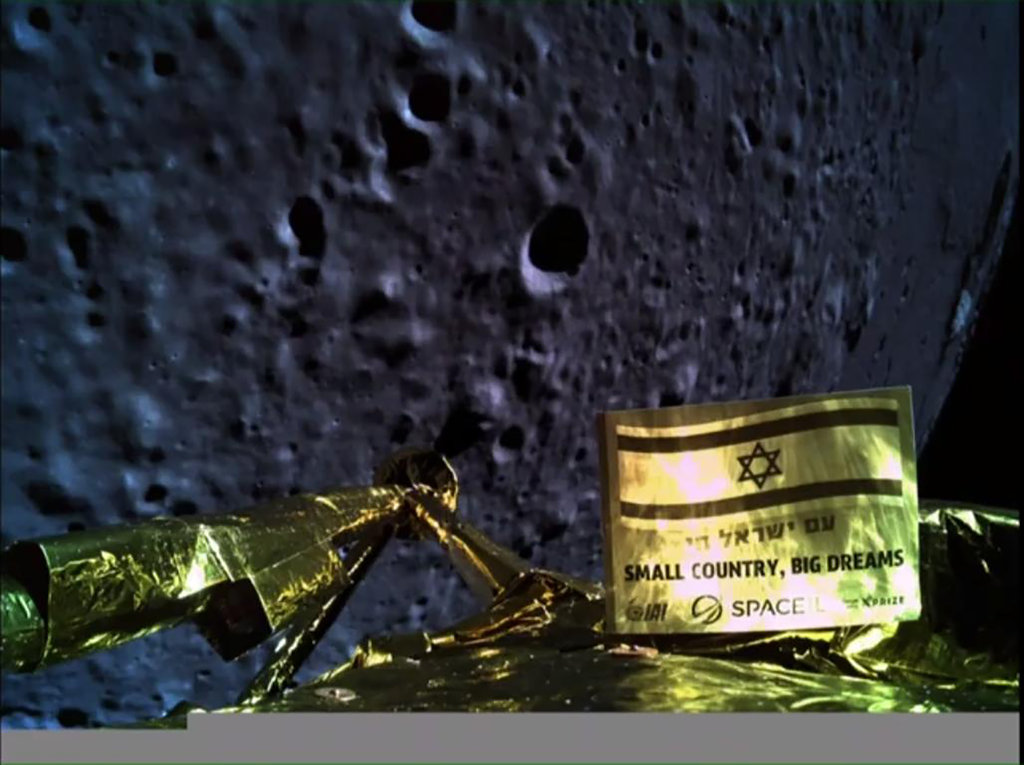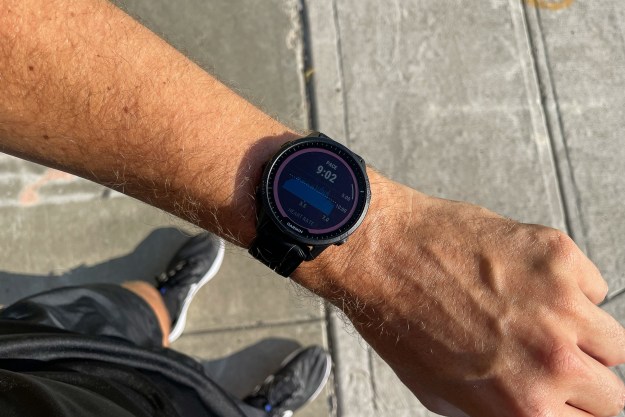
After the spacecraft Beresheet crashed into the moon this month, details are emerging about what may have gone wrong.
SpaceIL and Israel Aerospace Industries (IAI) are performing a preliminary investigation of the causes of the failed landing. “According to preliminary investigation of the Israeli spacecraft Beresheet’s landing maneuver, it appears that a manual command was entered into the spacecraft’s computer,” SpaceIL said in a statement. “This led to a chain reaction in the spacecraft, during which the main engine switched off, which prevented it from activating further.”
The investigation into the causes of the issue is ongoing, and the final results of the investigation are expected in the coming weeks.
As the investigation continues, NASA scientists will be making an investigation of their own. Included in the equipment aboard Beresheet was a device called a Laser Retroreflector Array (LRA) which was provided by NASA. The device is an array of mirrors which can be used to provide a target for laser tracking and other location systems. As it does not require any power and is designed to be tough and robust, it is possible that the LRA survived the crash and could still be used for its intended function.
NASA scientists working on the LRA will be trying to see if the device is intact. “We believe the laser reflector array would have survived the crash, although it may have separated from the main spacecraft body,” David Smith of the Massachusetts Institute of Technology, principal investigator of the Lunar Orbiter Laser Altimeter (LOLA) instrument aboard NASA’s Lunar Reconnaissance Orbiter (LRO) spacecraft, said to Space.com.
“Of course, we do not know the orientation of the array,” Smith said. “It could be upside down, but it has a 120-degree angle of reception, and we only need 1 of the 0.5-inch cubes for detection. But it has certainly not made it any easier.”
To search for the LRA, NASA will use its Lunar Reconnaissance Orbiter. The LRO will send out laser beams generated by the LOLA instrument and see if any of the beams hit the LRA and bounce back. However, the search may take a while as the LRO only passes over the crash site twice each month.
Editors' Recommendations
- Can you locate India’s crashed lunar lander in this image?
- Beresheet 2.0 won’t go to moon, will have another significant objective instead




